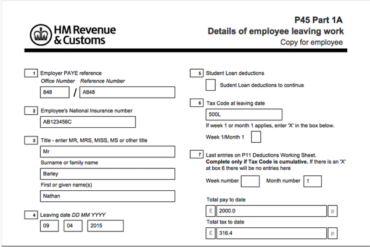
Why We Are Experts At CVAs! Read Our Story Regarding This Rescue Mechanism
The KSA Group started taking formal insolvency appointments in 2009 with the merger of KSA Group and Marlor Walls in the summer of that year.Since then we have learned a massive amount about the technique, we’ve gained experience from dealing with over 320 CVA appointments between 2009 and September 2022 . That’s 320 crisis situations - devising appropriate rescue and turnaround strategies together with our clients’ boards of directors, their lenders investors and stakeholders like creditors, landlords and employees.Many in the insolvency markets have a negative approach to the CVA tool. Variously over the years we have been told that “CVA doesn’t work, they are never the best solution, they hardly ever succeed. Creditors get nothing. HMRC will not support a CVA” and we understand that approach. Often clients or prospective clients report to us that other insolvency firms rubbish the CVA tool. Perhaps that’s why CVAs are not that common. Only 175 have been approved nationally in the year to 30th December 2023.We beg to differ. A well structured, “fit, fair and feasible CVA” scheme can:Rescue viable businesses when a critical event has occurred. Help a determined management team rebuild a failing business. Save jobs of employees. It is likely that KSA saved over 11,000 jobs from 2009-2022. Save directors livelihoods and health. Return money to creditors: KSA has distributed £31m to creditors 2009-2022. This excludes secured debts and secured factoring facilities, much of which have been or will be repaid. Repaid £17.9m to HMRC between 2009 and 2023, remember this for the most part when HMRC was an unsecured creditor (2009-2020). That’s taxpayers money. Saved creditors money. Preserved 320 customers for thousands for suppliers, accountants and professional advisors.Nobody knows more than the KSA team, that CVA rescues are tough to construct, tough to implement, and tougher still for companies to successfully recover from. We have filed more successful CVAs than any other practitioner. We can send the research to you if you want. Please email robertm@ksagroup.co.uk for the FOI request reply from Companies House.The London Gazette (the official paper of record dating back to the 17th Century) has published an article about CVAs written by Keith.Diligent and organised directors can use this enormously powerful tool, case law and best CVA practice to drive a turnaround but only if guided by experienced turnaround and insolvency professionals. Be under no illusion this is tougher on the directors than anything they will do in their careers. Emotionally, intellectually and physically the CVA led turnaround requires directors to have resilience, physical and mental determination and a good guide.Of course, not all CVAs reach full term but the process secured jobs, paid back creditors a good chunk of what they were owed and with that helped reduce directors liability under their personal guarantees!Conversely, some clients paid off a 3-5 year CVA scheme debts in 6-18 months. Others went through mergers and acquisitions processes, which preserved jobs and businesses. Many plodded on to successfully pay back the CVA as planned. Still the key for us is we did our best to help our clients and creditors recover from a crisis.It has to be said that even with KSA’s “evangelical zeal for CVAs “ as an insolvency firm, the majority of our work by case numbers is normal voluntary liquidations and administrations. Too many SME directors leave the decision to take advice from the insolvency world far too late. Would we have rescued more of these liquidations had the directors only approached us sooner? Impossible to tell.Our final point would be to funders, lenders, investors, VCs and family office investors. In the main, secured creditors stand outside of a CVA process which can lead to dilution for preferential and unsecured creditors. What do you have to lose by encouraging your clients or customers to take advice on RESCUE options like CVA first?The CVA team at KSA group is made up of creative turnaround advisors, creditor liaison experts, tough debt negotiators, brilliant financial modellers and pragmatic insolvency practitioners. We will always look at rescue and closure options impartially and based upon our professional assessment of viability. Yes many directors come to us liking the CVA option, unfortunately many of these businesses or directors simply don’t have the necessary attributes for a rescue.Now, as a team we have, collectively over 500 company voluntary arrangement deals, built, filed and approved by creditors, we believe we know a fair deal about this rescue tool! Get in touch if your client, customer, investee or your company is interested in leading edge CVA advice. See our expert guide for directors below.DOWNLOAD OUR 69 PAGE GUIDE ON CVAS
Read







